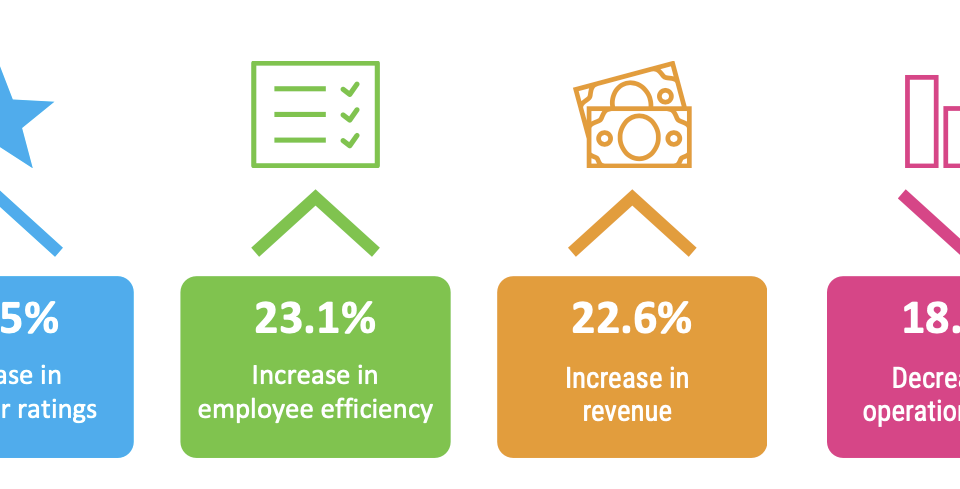- Let's call together
- info@voicecloud.my
3 VoIP trends that are pushing businesses to grow
5 Ways to Improve Customer Service With Call Recording Data
19 April, 2022
Progressive dialer vs. predictive dialer
27 April, 2022 The management, financial and business benefits of VoIP are well-known and many businesses, both large and small, have adopted VoIP solutions to enhance their business profile. As usual however, once Business VoIP is implemented, businesses find other benefits from their VoIP Solution that help business growth.
What are the leading trends that are driving business growth today?
5G technology

One of the fastest growing areas in VoIP Solutions is that of VoIP on mobile devices. Initially using SIP to allow mobile devices to act as desktop units, the technology is morphing into a fully integrated communications platform for mobile. Analysts estimate a $90Billion market by 2024 in the mobile VoIP arena.
As a result, leading VoIP suppliers and Android platform developers, including Samsung, Motorola, and HTC have major plans to develop Android as the dominant platform in the mobile VoIP domain. Add to that the impending arrival of 5G networks for mobiles and you can see a richer and deeper functionality available for mobile devices.
What will 5G provide? It will deliver multi-Gb download speeds and increased computing power. 5G network speeds are anticipated to be around ten times those of LTE. That will provide much improved VoIP voice quality and data connectivity. We can expect quantum reductions in dropped calls, in-call echoing and packet loss. A high-quality connection will even allow true live video streaming and video conference calls. Video calls will become the norm.
Coupled with 5G, we can expect new and exciting multimedia functionality on mobile devices, rivalling that available on desktop devices.
With 5G, Business VoIP will be a truly viable platform for the mobile worker and the road warrior. Because there is no more FOMO, no more being out of the loop unless you want to be, sales staff will be able to concentrate more closely on developing existing customers and finding new ones, leading to business growth.
Artificial Intelligence and Automation

Analysts expect AI and automation to have a major impact on VoIP systems. Services currently manually operated or configured will be controlled by Artificial Intelligence bots on a real-time basis. We will interact with devices and systems using voice commands.
At the physical level, AI can be used to monitor connection quality and availability, choosing the best route for call placement and automatically managing call quality. There will be reductions in wasted dealing with dropped calls, poor voice quality in calls and cross talk. There will be fewer mistakes made because of poor communications.
AI will also derive business intelligence from call content. Real-time analysis of consumer call content and speech patterns will deliver key business insights into customer needs and wants. Businesses will be able to anticipate and meet customer expectations and improve service levels. This will lead to business growth.
Coupled with AI, much improved voice assistants will also allow business to automate more and more simple tasks. As examples, AI developed voice bots like Siri and Alexa will use VoIP technologies to answer simple queries based on FAQ content and provide order and delivery information. Multi-language support will become a reality.
In the longer term, AI will use VoIP to integrate currently disparate activities. In the Smart Home we will use voice commands to tell the AI bot to switch on the lights, tune the TV channel to our favourite soap and to replenish the dog’s food bowl. All from the car on the way home, using a VoIP enabled app on a mobile device.
Integration

By far the greatest business driver lies in integrating devices with VoIP, or by using VoIP principles. It’s not just phones any more. Manufacturers and software developers are now adding VoIP technologies to their solutions. This allows for voice integration with help desk applications, CRM, ERP and the whole alphabet soup of application acronyms. Add in the Internet of Things that expects anything to be able to communicate with everything else and integration takes on a new dimension.
Even today, we are looking at voice control of many applications, including the Smart Home, vehicles, our desktop and mobile devices. All driven by VoIP. One day we may be able to have intelligent conversations with AI driven voice assistants using VoIP techniques as the communications platform.
Taken to the next step, we are looking at a scenario where Unified Communications and VoIP are one and the same thing. Voice, data, multimedia and mobile applications will be bundled in the same integrated package operating on a single unified network. Not today, but in the not too distant future, business will build on VoIP as a primary driver of growth..
VoIP is not just a replacement for traditional PSTN based telephony any more, it is transforming to an industry that provides integrated solutions that will drive business growth by enhancing business communications.
[Source: voipinfo.net]




